When we were young, there were frequent conversations that revolved around the fateful day in Dallas. It seemed like everyone could remember where they were when President John F. Kennedy was assassinated. While I was just a toddler on November 22, 1963, the impact that this heinous act created has been reviewed over and over again. When one of our trips landed us in downtown Dallas, we couldn’t pass up an opportunity to see the Sixth Floor Museum in person.
We want to thank Visit Dallas and the Sixth Floor Museum for hosting our visit. rest assured all opinions are our own.

Texas School Book Depository
The Texas School Book Depository looks like any other commercial building, but holds a sinister connection to one of America’s most memorable events. We arrived in town after a couple of days spent in nearby Palestine, Texas. We decided that this should be our first stop, as we weren’t sure how crowded it would be on a Sunday. By the time we arrived, a line had already formed outside the entrance. Within a few minutes, the doors opened and we followed the crowd inside.

A Charismatic Leader
While we were too young to remember John Kennedy, stories of that fateful day in Dallas were retold throughout our youth. Kennedy’s tales of heroics as a PT boat commander added bravo to his charismatic style. After serving in the U.S. Senate, he set his eyes on the presidency. A hard fought campaign allowed him to narrowly defeat Richard Nixon. When he took office, in January 1961, he became the youngest person elected as president. It is possible that his interest in politics stemmed from his father’s role as U.S. Ambassador to England in the late 1930s.
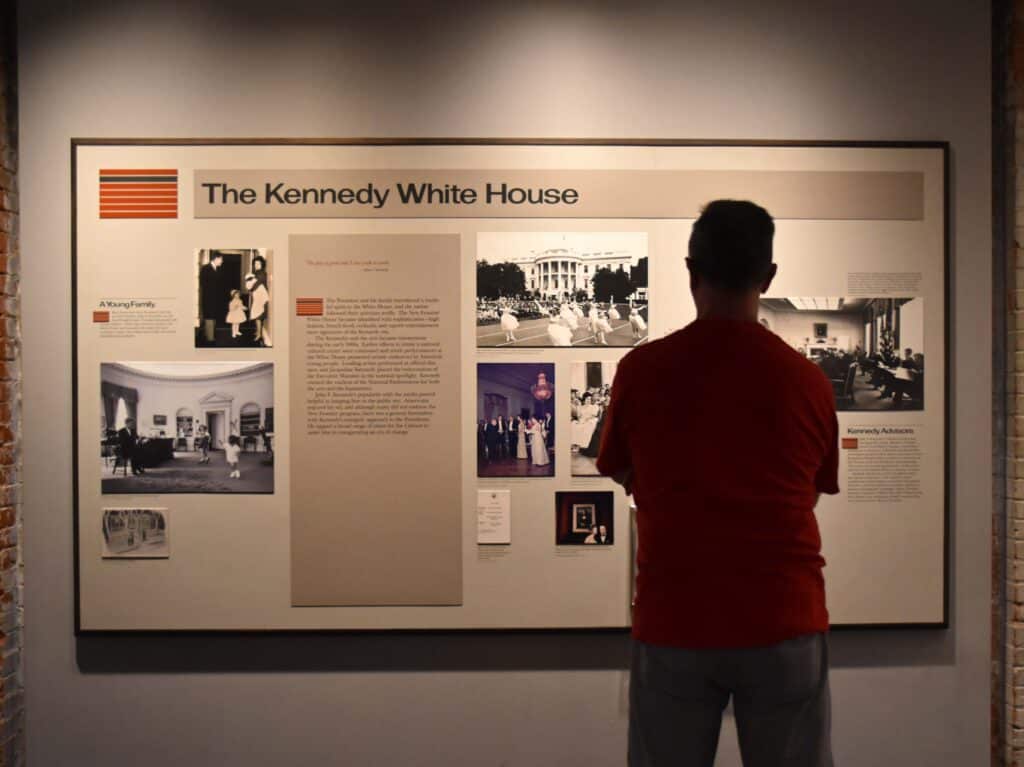
The First Family
President Kennedy, along with his wife and two children, brought a breath of youthful spirit to the White House. The country was enamored with their every move. They opened up their new home to visits from writers, scientists, artists, actors, and athletes. Jackie Kennedy restored the White House room-by-room and television allowed America to keep up with the changes. At the same time, the president faced a growing list of world concerns. The Cold war was creating a rift between the U.S. and the Soviet Union. To add to this, the Space Race found America falling behind. Kennedy also found many issues closer to home. Racial tension was at an all-time high, as desegregation was being met with resistance in many southern communities.
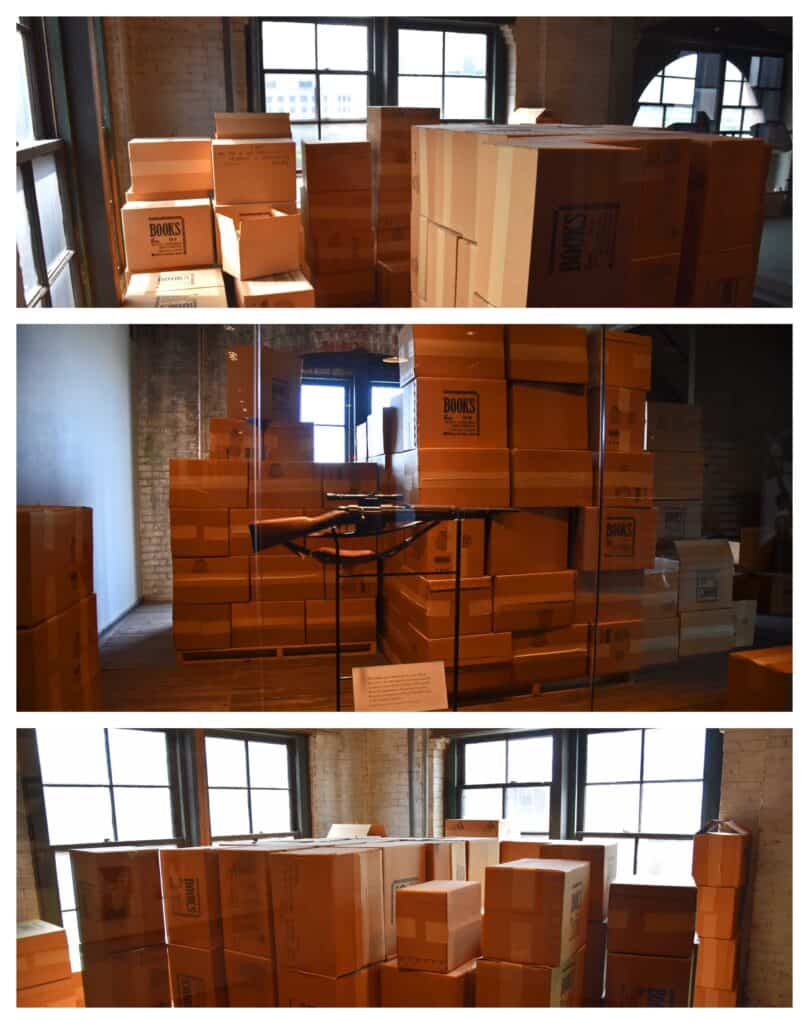
That Fateful Day in Dallas
With all of these issues swirling around him, Kennedy set about trying to alter the path towards the future. He had created the Peace Corps, which made a way for Americans to volunteer around the world. He pushed Congress for funding to create Project Apollo, which would land an American on the moon. In the summer of 1963, JFK sought approval of a new Civil Rights bill to end racism in America. That fall he would travel to Dallas to deliver a series of political speeches. On November 22, his motorcade made its way past cheering crowds along Dealey Plaza.
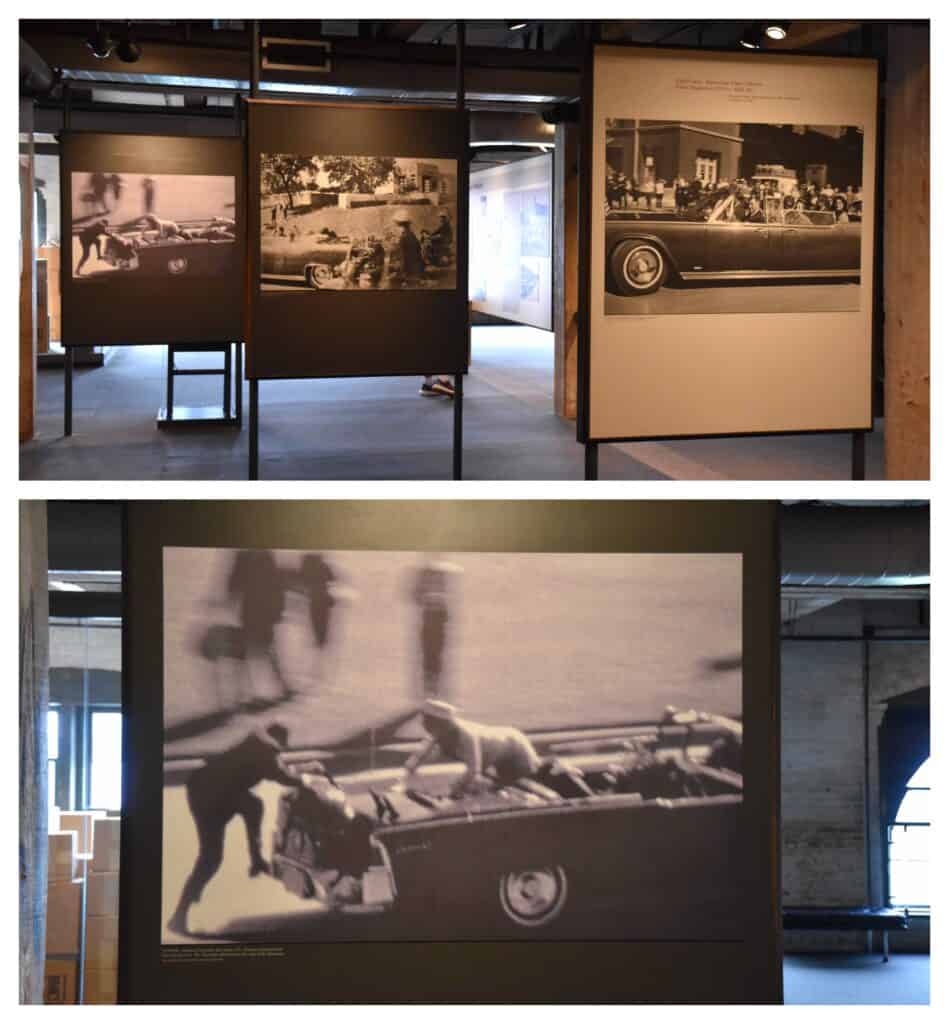
A Moment in Time
What transpired next has been the subject for discussion ever since that fateful day in Dallas. Kennedy and his wife were riding in a car with Texas Governor John Connally and his wife. An attack by Lee Harvey Oswald was carried out from the Sixth Floor of the Texas School Book Depository. As shots rang out, the president was struck with a mortal wound. The motorcade rushed to Parkland Memorial Hospital, where Kennedy would be pronounced dead. The images captured that day left a permanent mark on the memories of many Americans. We found that following the exhibits at the Sixth Floor Museum walked us through these fateful moments.
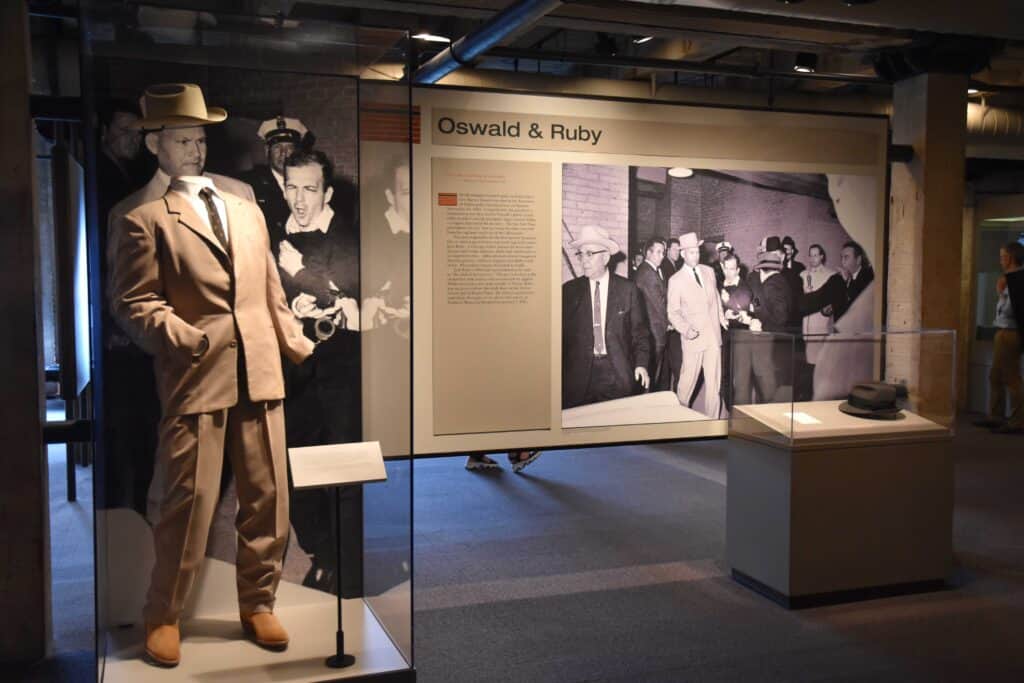
Oswald's End
While Kennedy had the charismatic role in this tale, Oswald brought his own drama to the story. An ex-Marine who defected to the Soviet Union, he had fought mental illness from an early age. His sympathies for Cuba brought him into the spotlight in New Orleans. Oswald made a visit to Mexico with the intentions of gaining access to Cuba. When his plan failed, he returned to Dallas and took a job at the Texas School Book Depository. One of his co-workers testified he last saw Oswald on the sixth floor about 35 minutes prior to the shooting. After firing the fatal shots to the president, he killed a Dallas police officer, before hiding out in a movie theater. A couple of days later, Oswald would be shot by Dallas nightclub owner Jack Ruby. Oswald was pronounced dead at the same hospital as the president.
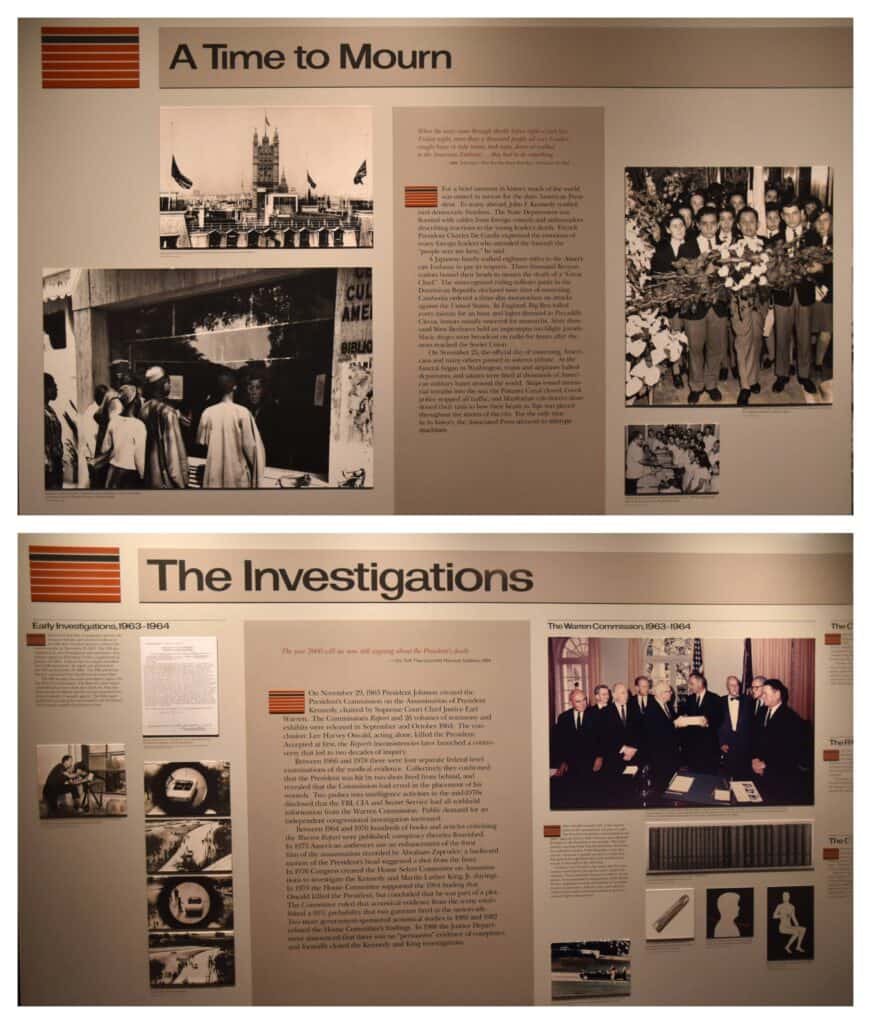
A Country in Shock
President Kennedy’s funeral was held on November 25, 1963. Hundreds of thousands lined up to pay their respects, as they shuffled through the Capitol Rotunda. The newly sworn in Lyndon B. Johnson proclaimed a national day of mourning. On the morning of the funeral, approximately one million people lined the path of the funeral procession. After the assassination, FBI investigators began gathering films and photographs from people who were in attendance. A total of 169 agents worked the case. Chief Justice Earl Warren was appointed by President Johnson to deliver a report of the conclusions.
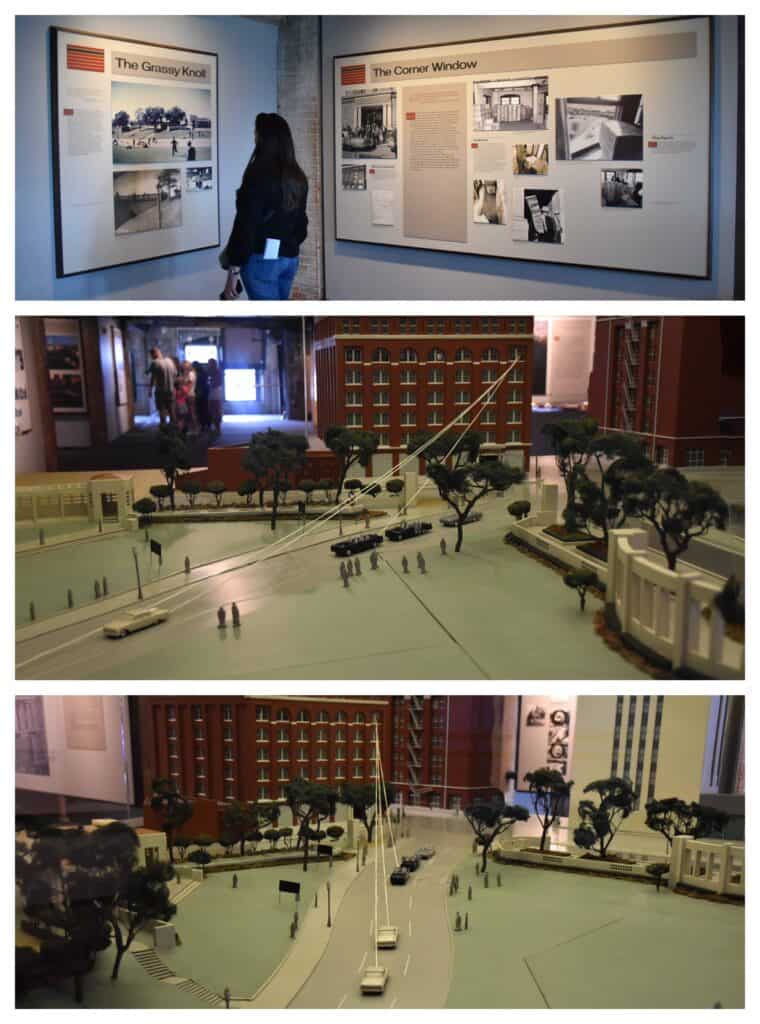
Sixth Floor Museum
As we continued through the museum, we came to a model that shows the trajectory of the three shots fired by Oswald. Supporting documents note that two bullets struck the president. The first passed through Kennedy and also struck Connally. The second was the fatal blow to the head. Hundreds of thousands of pages of documentation were produced, as well as the 27-volume Warren Report. Never in history had a crime been so thoroughly investigated.
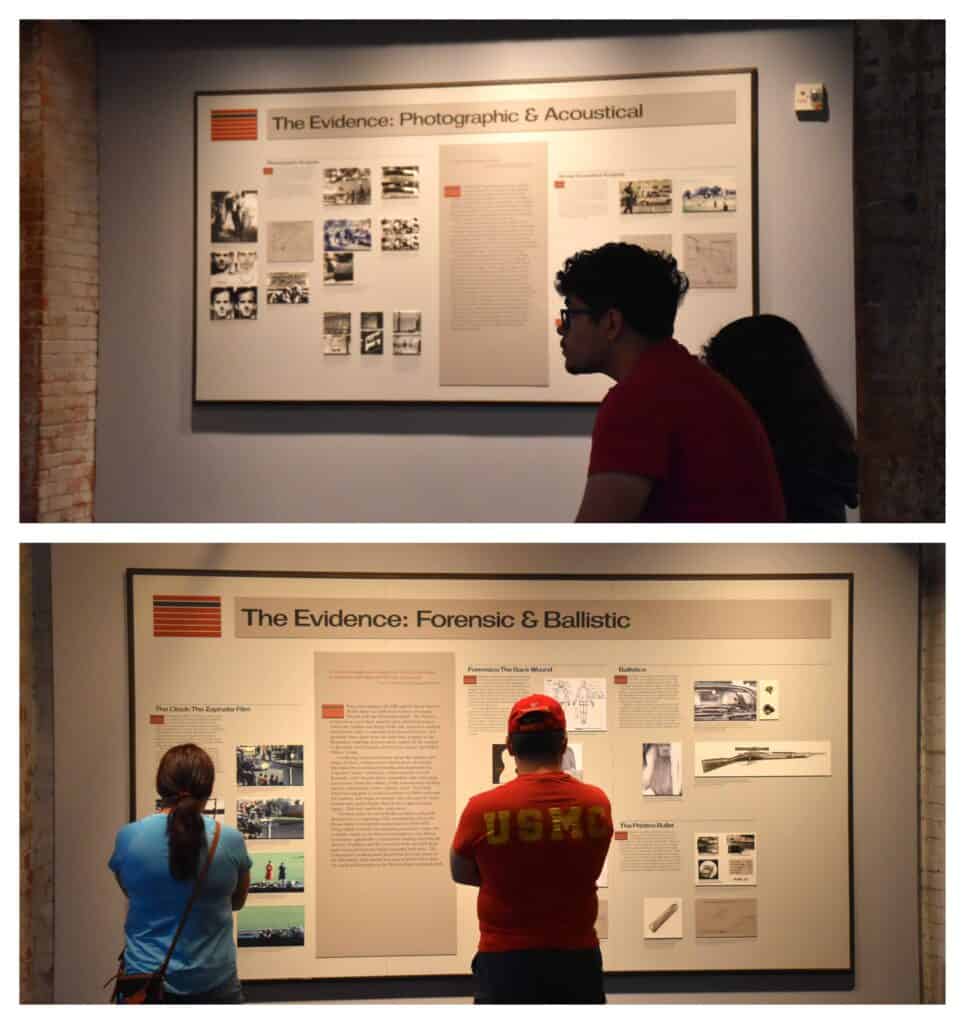
Weighing the Evidence
In subsequent years, a variety of conspiracy theories have surfaced. The Sixth Floor Museum offers up information on some of the most notable theories. It leaves it to the visitor to make their own determination based on the evidence collected. Since the original Warren Report, there have been suggestions of possible connections with the CIA or Organized Crime. As we observed other visitors, we could see how engrossing the subject still is 60 years later.
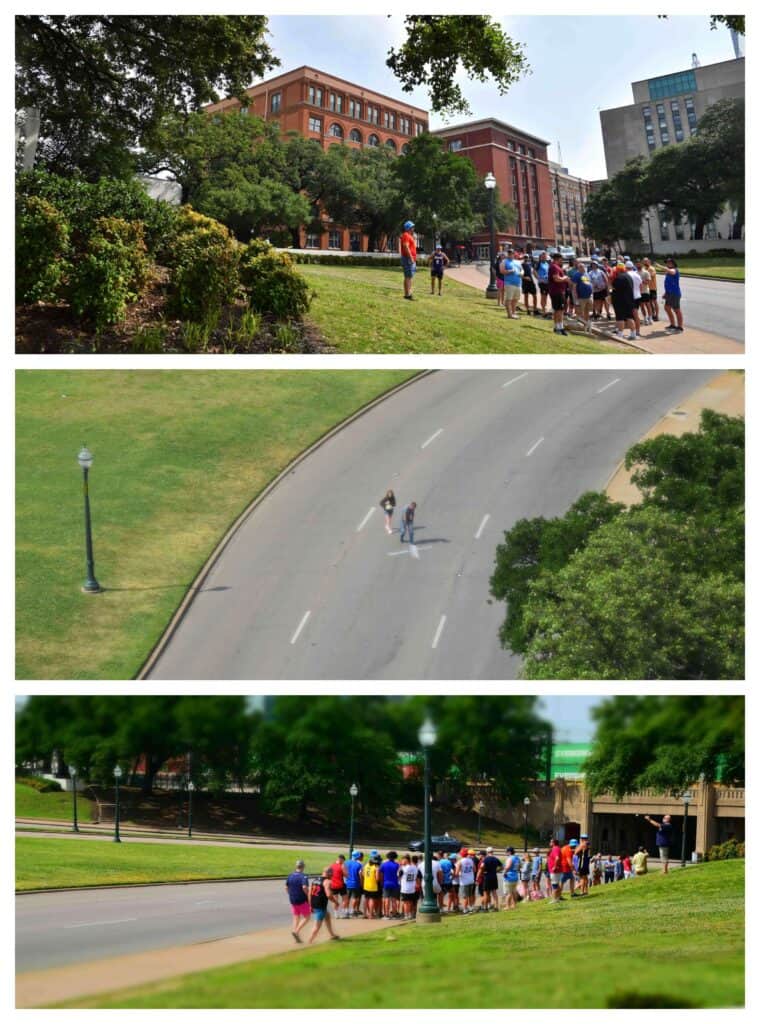
Still Drawing Crowds
After wrapping up our visit inside the Sixth Floor Museum, we headed outside to view the site of the tragedy. Tour groups are commonplace and we listened as each offers their own conclusions. A second shooter, from a nearby grassy knoll, is the most common theory we heard. Over time, more and more of the original documents have been made public. By June 2023, about 99% of the files were unsealed. Over the years, there have been an untold number of books written on the subject. It’s safe to say that fateful day in Dallas will remain a hot topic for years to come.


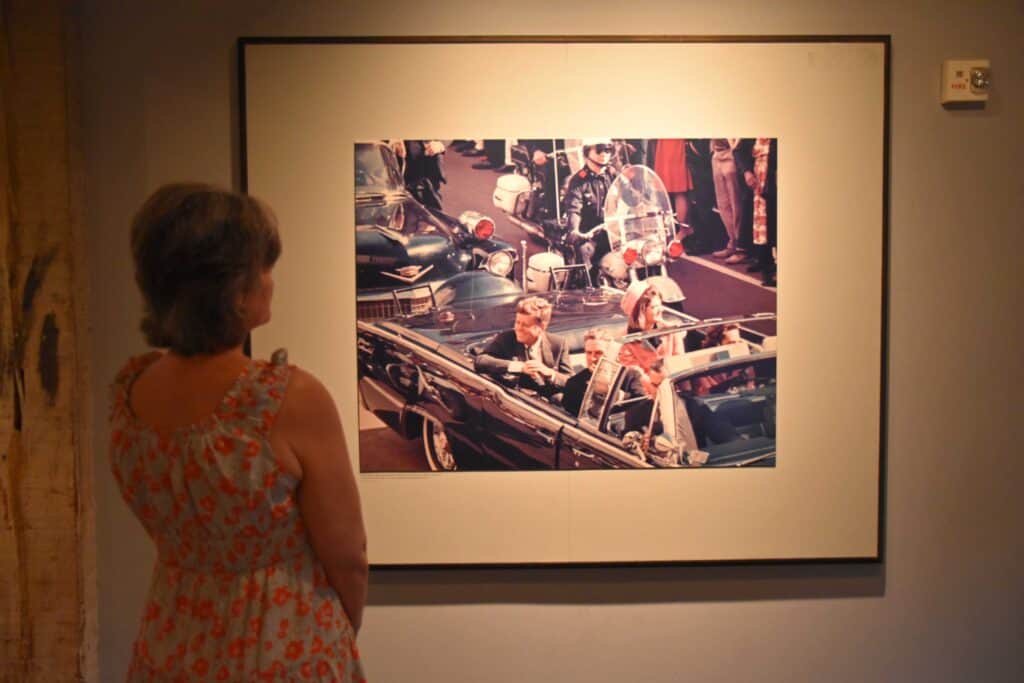
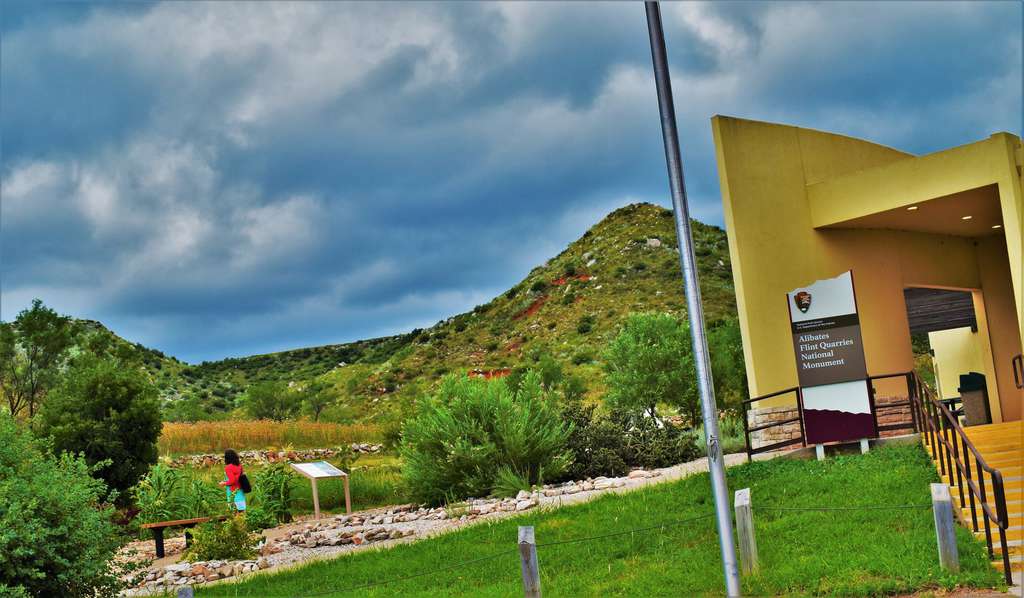


JFK was a great president! Rest in peace!
Absolutely agree and this museum is very educational.